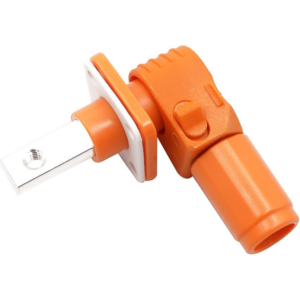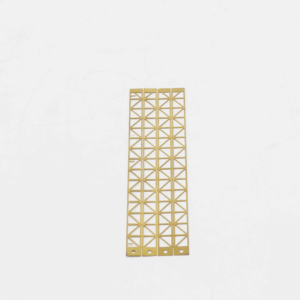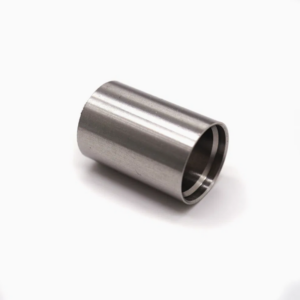In the realm of mechanical systems, custom bushings often play a critical, yet behind-the-scenes, role in ensuring the efficient operation of machinery. These specialized components help reduce friction, vibration, and wear, contributing significantly to the smooth performance of complex systems. Whether in aerospace, automotive, or industrial applications, the importance of custom bushings cannot be overstated. Their tailored design enables them to meet the specific needs of each unique machinery, providing optimal functionality and a longer lifespan.
What Are Custom Bushings?
Custom bushings are engineered bearings designed to reduce friction between moving and stationary parts, often between rotating shafts and fixed components. Unlike standard bushings, which serve general applications, custom bushings are manufactured to meet precise specifications for unique operational environments. These custom solutions ensure that the bushing fits seamlessly into the machinery, thereby improving overall efficiency, reducing wear, and increasing durability.
The customized design also ensures that the bushing can withstand demanding applications, whether in extreme temperatures, harsh environments, or high-performance settings. By selecting the right material and manufacturing process, custom bushings can enhance the operational reliability of machinery and reduce downtime caused by part failure or excessive maintenance.
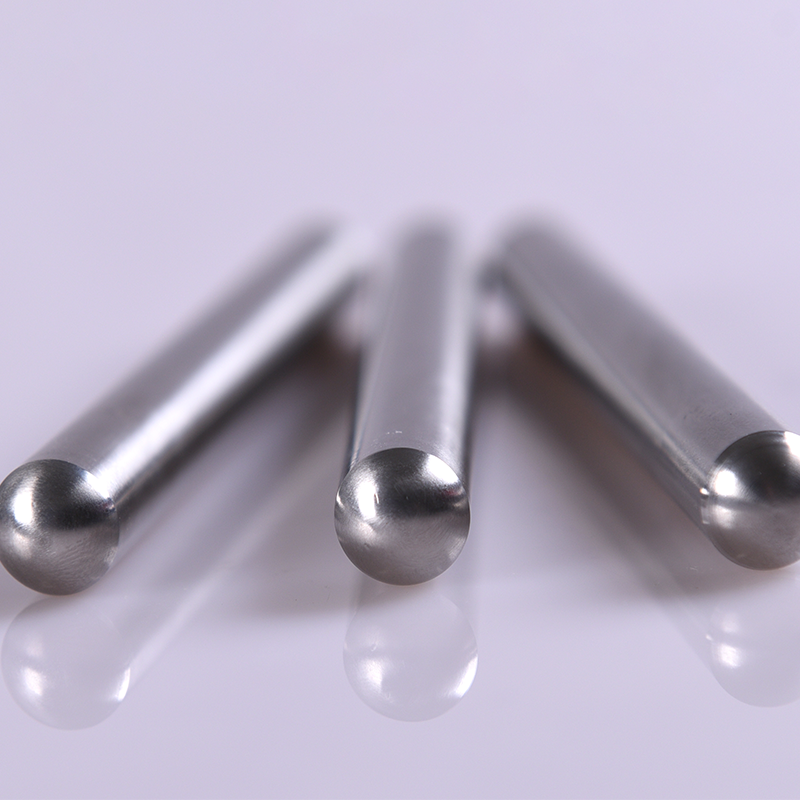
Benefits of Custom Bushings
Custom bushings offer a host of advantages, particularly when tailored to specific operational needs:
– Precision Fit: Custom bushings are designed to meet exact specifications, ensuring that they fit perfectly into specialized machinery. This precision eliminates the need for generic, off-the-shelf parts that may not perform optimally.
– Improved Efficiency and Performance: By reducing friction and wear, custom bushings help improve the overall efficiency of machines, ensuring smoother operations and reducing the energy consumption of machinery.
– Reduced Maintenance Costs: A custom bushing is designed for durability, ensuring that it can withstand long operational periods without significant wear. This reduces the need for frequent replacements, thus lowering maintenance costs.
– Material Versatility: Custom bushings can be manufactured from a wide range of materials to meet the demands of various environments, including high temperatures, corrosive conditions, or applications requiring self-lubrication.
– Vibration Dampening: Custom bushings help absorb vibrations, which in turn enhances machine stability and reduces the risk of damage to sensitive components.
– Cost-Effective in the Long Run: Although custom bushings may require a higher initial investment, their longevity and reduced need for maintenance make them a cost-effective option over time.
Types of Custom Bushings
Custom bushings are designed to serve a variety of functions and are made in different forms to suit specific applications. The most common types include:
- Plain Bushings (Sleeve Bearings): These simple, cylindrical bushings offer basic sliding support for both linear and rotational motion. Ideal for applications requiring minimal complexity, plain bushings are robust and reliable.
- Flanged Bushings: With an integral flange at one end, these bushings help prevent axial movement and provide support to handle thrust loads. They are essential for applications where precise axial positioning is necessary.
- Thrust Washers: These flat bushings are designed to handle axial loads, often used in tight spaces where a conventional bushing cannot fit. They help reduce friction between moving parts and are frequently used in heavy machinery.
- Split Bushings: Ideal for machinery that requires frequent maintenance or servicing, split bushings can be easily installed and removed. Their split design allows for quick servicing without disassembling entire systems.
- Polymer Bushings: These bushings are made from advanced polymers like nylon or PTFE, providing low friction and high wear resistance. Ideal for applications that require self-lubrication, polymer bushings are also suitable for corrosive environments.
- Sintered Bushings: Made from compressed powdered metals, sintered bushings are ideal for high-load, high-speed applications. These bushings are porous and can be impregnated with lubricants for self-lubricating capabilities, reducing the need for external lubrication.
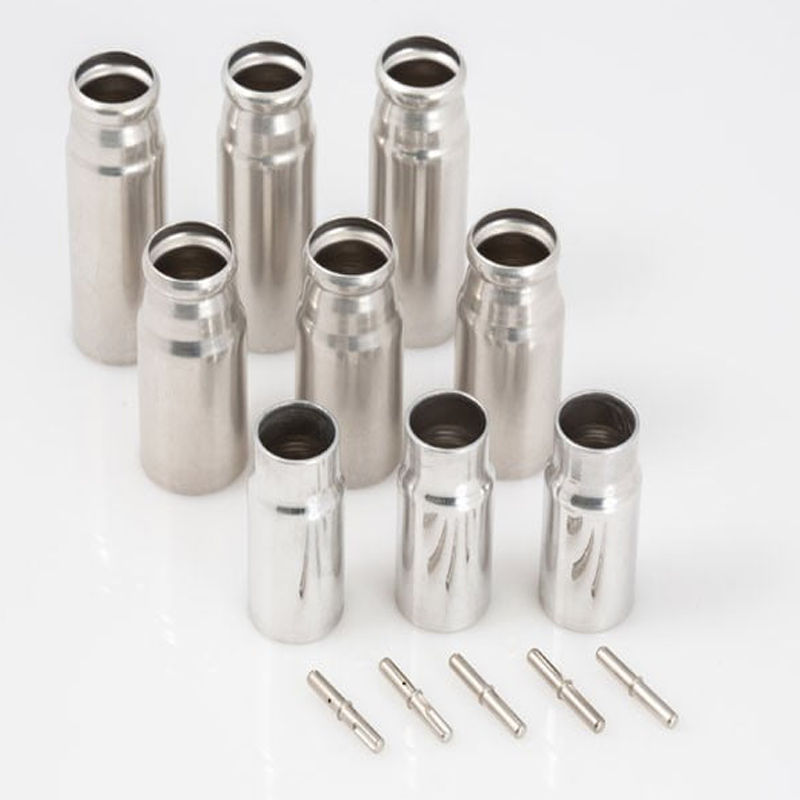
Materials Used in Custom Bushings
The material chosen for custom bushings directly impacts their performance, durability, and the environments they are suited for. The following materials are commonly used in custom bushing production:
– Steel: Strong and durable, steel bushings are often used for high-load applications. They are capable of withstanding physical impacts and can be coated or heat-treated to enhance corrosion resistance.
– Bronze: Known for its exceptional corrosion resistance and wear resistance, bronze is an ideal material for bushings used in industries such as aerospace, marine, and electrical applications. Bronze bushings are also compatible with a wide range of lubricants.
– Polymer Materials: Materials such as PTFE, Nylon, and PEEK offer low friction, excellent wear resistance, and the ability to operate in harsh environments. These bushings are often self-lubricating, which reduces maintenance efforts.
– Brass and Copper Alloys: These materials are selected for their durability, corrosion resistance, and thermal conductivity. Brass bushings are often used in industrial applications where high performance and heat resistance are required.
Manufacturing Processes for Custom Bushings
The manufacturing process used to create custom bushings depends on the material, application, and required specifications. Here are some of the most common manufacturing methods:
– Machining: Using CNC machines, lathes, and milling machines, custom bushings are shaped to precise tolerances. This method is often used for metals, polymers, and composite materials to create bushings that meet complex designs and tight specifications.
– Casting: For metal bushings, casting involves pouring molten metal into molds to form the bushing. While casting is cost-effective for mass production, the resulting bushings often require additional machining to meet precise dimensions and surface finish standards.
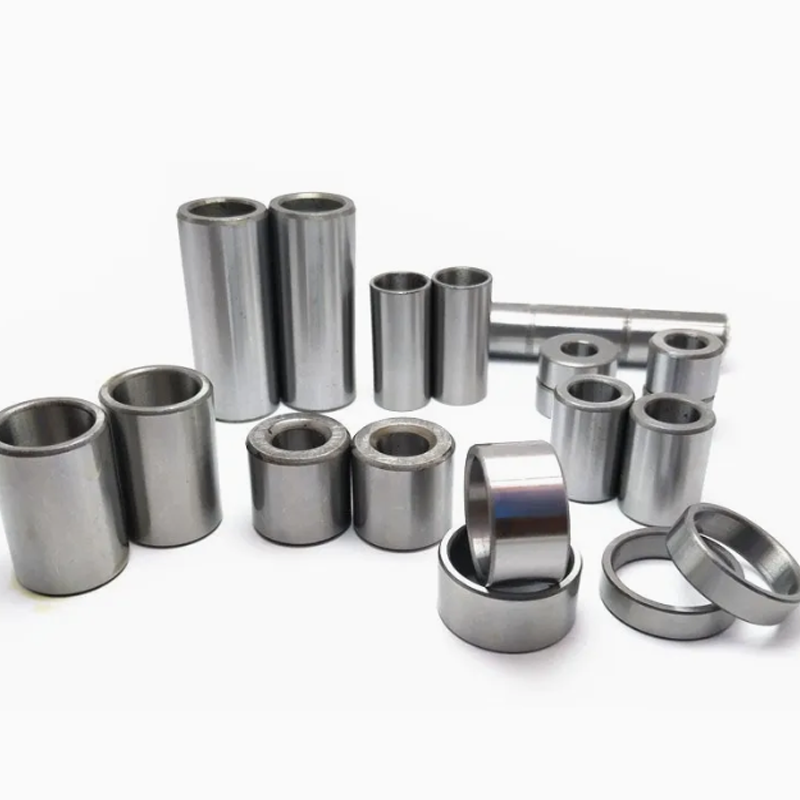
– Injection Molding: This process is ideal for creating polymer bushings. It involves injecting molten polymer into molds under high pressure, which is then cooled and solidified. Injection molding allows for the mass production of complex parts with high precision.
– Sintering: In sintering, powdered metal is compacted and heated to form a solid part. This process is often used for producing self-lubricating bushings and is especially useful for high-load and high-speed applications.
Applications of Custom Bushings
Custom bushings find applications across many industries, each of which requires components that reduce friction, support loads, and improve the performance of machines. Some common industries and their applications include:
– Automotive: Custom bushings are essential in suspension systems, gearboxes, and steering mechanisms. They help absorb shocks, reduce wear, and improve vehicle stability and safety.
– Aerospace: Aerospace applications demand custom bushings capable of withstanding extreme temperatures, vibrations, and mechanical stresses. These bushings are vital in critical components such as landing gears and control systems.
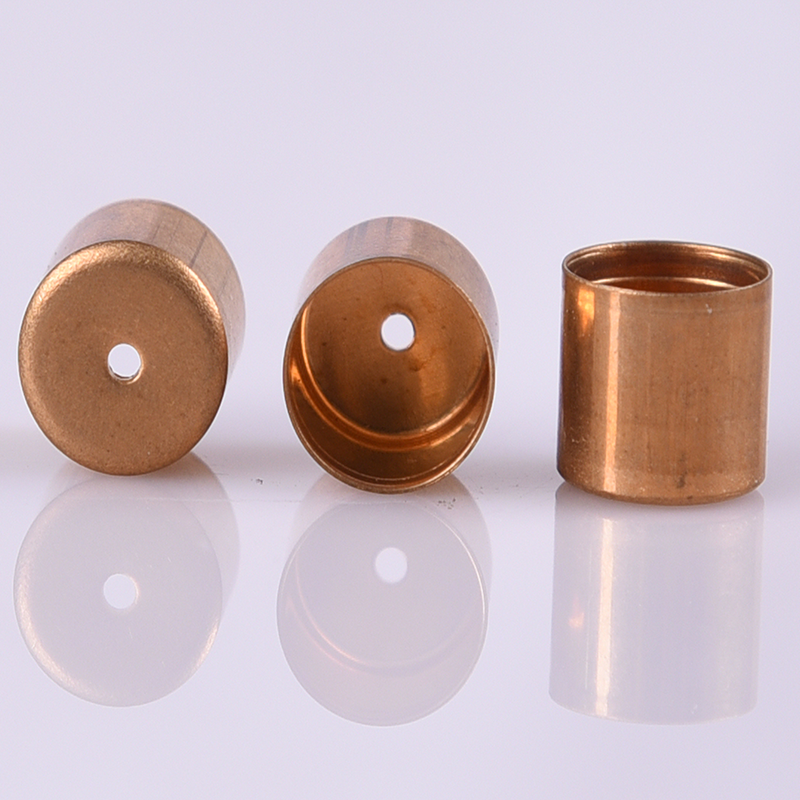
– Industrial Machinery: Custom bushings are used in manufacturing equipment, pumps, motors, and conveyors. Their ability to reduce friction and improve efficiency extends the lifespan of machinery and minimizes the risk of breakdowns.
– Electronics and Robotics: In robotics and electronics, custom bushings ensure smooth operation and precision. These bushings are key in applications like robotic arms, actuators, and high-tech devices where accuracy is paramount.
– Medical Equipment: Custom bushings are crucial in medical devices such as MRI machines, surgical tools, and hospital beds. Their precision and reliability help ensure optimal performance and patient safety.
Why Choose Topmetalstamping for Custom Bushings?
At Topmetalstamping, we specialize in designing and manufacturing custom bushings that meet your precise specifications. With decades of experience in machining, metal stamping, and custom engineering, we deliver high-performance, durable bushings for a wide variety of industries. Whether you’re in aerospace, automotive, medical, or industrial machinery, our team works closely with you to ensure we provide the best solution for your specific needs.
We understand the critical role bushings play in your machinery, and our goal is to provide you with a high-quality, cost-effective solution that extends the life of your equipment and reduces downtime. We offer comprehensive support from design to production, ensuring that every custom bushing we produce meets the highest standards.
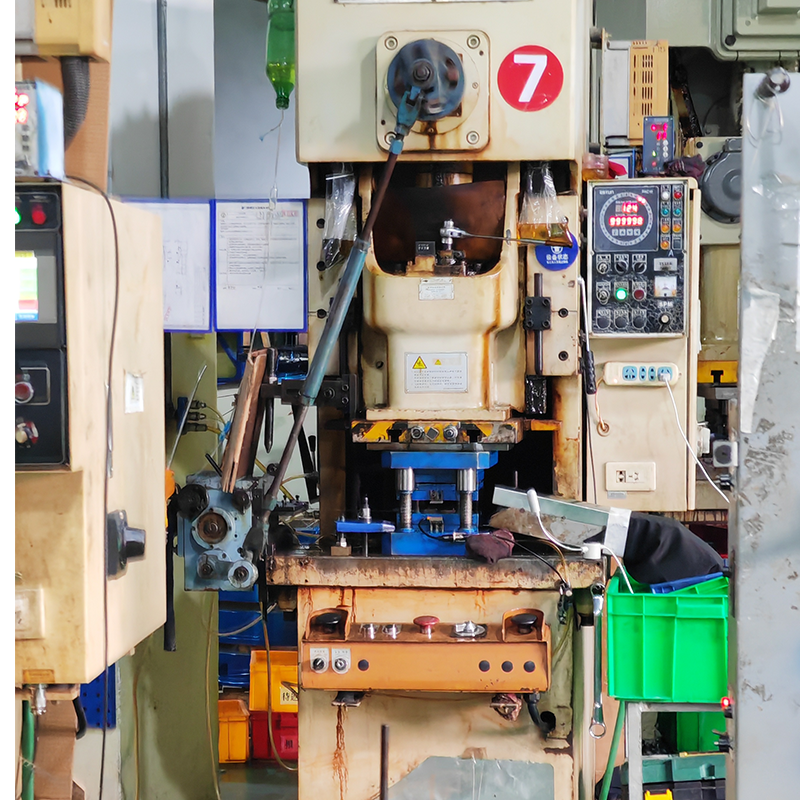
If you’re looking for custom bushings that can enhance your machinery’s efficiency, extend component lifespans, and reduce maintenance costs, don’t hesitate to reach out to us. Let’s work together to create a bushing solution tailored to your needs. Contact us today to discuss your project and find out how we can help optimize your operations.

